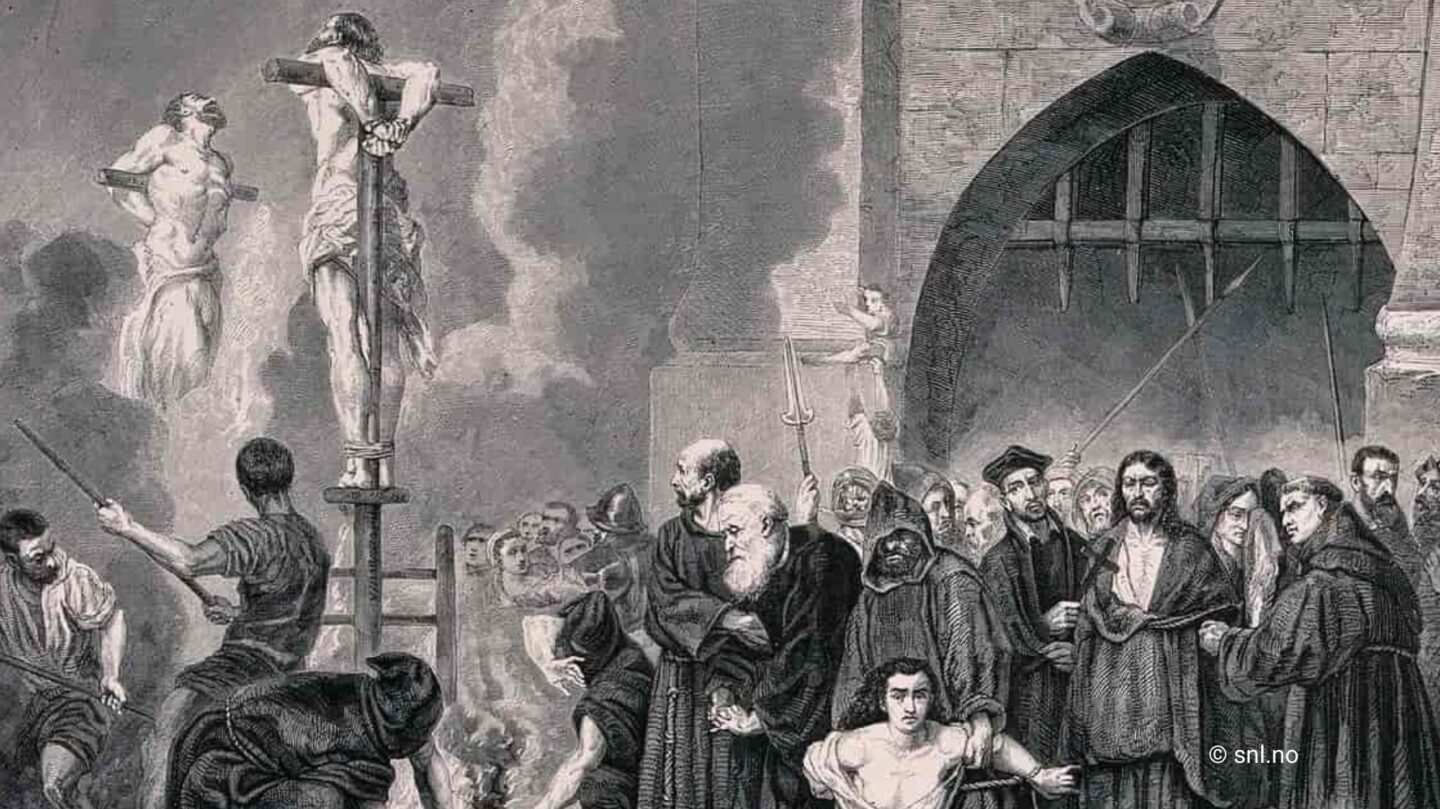Origins of the Inquisition: A Quest for Religious Unity
The Spanish Inquisition was established in 1478 by Catholic monarchs Ferdinand II of Aragon and Isabella I of Castile. Its primary goal was to ensure religious uniformity in Spain, which had recently unified under their rule. Although it initially targeted conversos—Jews and Muslims who had converted to Christianity but were suspected of secretly practicing their old faith—it soon expanded its scope to include Protestants, heretics, and other groups perceived as threats to the Catholic Church.
The Inquisition was distinct from earlier church tribunals because it operated under royal authority, allowing the monarchs to consolidate political power while aligning with the Catholic Church. What began as a religious crusade soon turned into a tool for social and political control.
The Shadowy Role of Torture
One of the most infamous aspects of the Spanish Inquisition was its use of torture to extract confessions. Torture was justified by the belief that saving a soul from eternal damnation outweighed any earthly suffering. In practice, however, it was a brutal means of coercion that left many victims physically and emotionally scarred.
Common methods included the rack, where a person’s limbs were stretched to the breaking point, and waterboarding, a technique that simulated drowning. Despite its horrifying reputation, torture was not used as frequently as some might assume, but its mere threat was often enough to intimidate and silence dissent.
The Auto-da-Fé: A Spectacle of Fear
The Inquisition’s trials often culminated in public ceremonies known as auto-da-fé, or “acts of faith.” These events were theatrical displays meant to reaffirm Catholic dominance and instill fear in the population. Convicted heretics were paraded before large crowds, their sentences read aloud. Some were forced to wear a sanbenito, a humiliating garment marked with symbols of their crimes.
While some sentences involved penance or exile, others ended in execution, often by burning at the stake. The spectacle served as a grim warning to those who might question or deviate from the Church’s teachings.
Political Motives Behind the Persecution
Though the Spanish Inquisition is often remembered as a purely religious institution, its actions were deeply intertwined with political motives. The monarchy used the Inquisition to suppress opposition, confiscate wealth, and enforce loyalty among the nobility. Accusations of heresy were sometimes levied against wealthy individuals as a pretext for seizing their assets.
The Inquisition also targeted intellectuals and scientists whose ideas challenged orthodox beliefs. The suppression of knowledge during this period delayed scientific progress in Spain, leaving a lasting impact on its cultural and intellectual development.
Myths and Misconceptions
While the Spanish Inquisition was undoubtedly brutal, modern research suggests that some aspects of its legacy have been exaggerated. For example, earlier estimates of the number of executions have been revised downward, with historians now estimating that around 3,000 to 5,000 people were executed over its three-century existence.
Nevertheless, the Inquisition’s atmosphere of fear and censorship stifled creativity and freedom, leaving a legacy of oppression that resonated far beyond Spain’s borders.
The End of an Era
The Spanish Inquisition began to decline in the 18th century as Enlightenment ideals spread across Europe. By the early 19th century, its influence had waned, and it was officially abolished in 1834. Today, the Spanish Inquisition serves as a cautionary tale about the dangers of unchecked power and the persecution of those who think differently.
A Legacy of Fear and Reflection
The dark secrets of the Spanish Inquisition reveal a grim chapter in history where fear and faith were manipulated to control an entire nation. While its brutality cannot be undone, studying this period reminds us of the importance of tolerance, justice, and the freedom to believe without fear of persecution.
